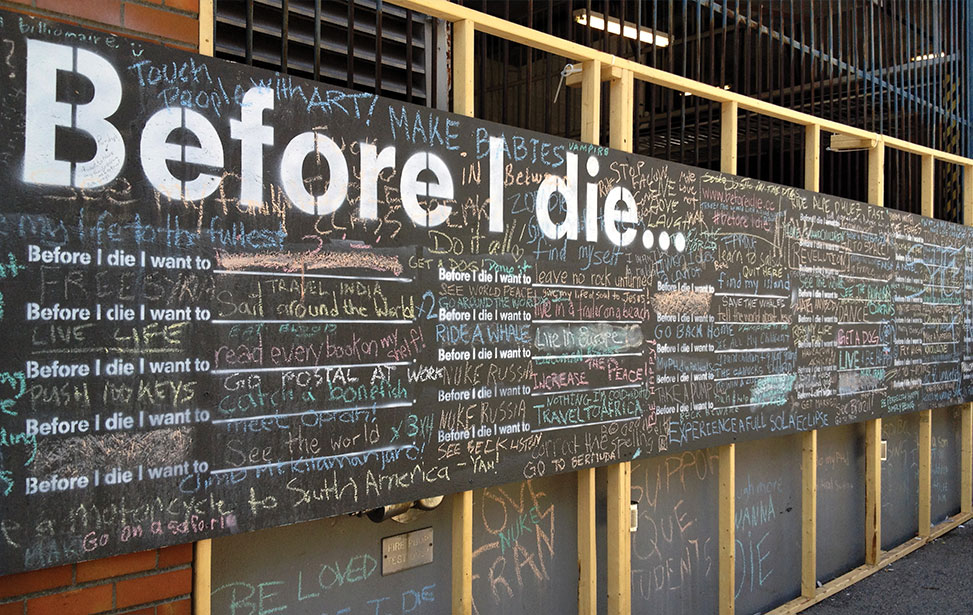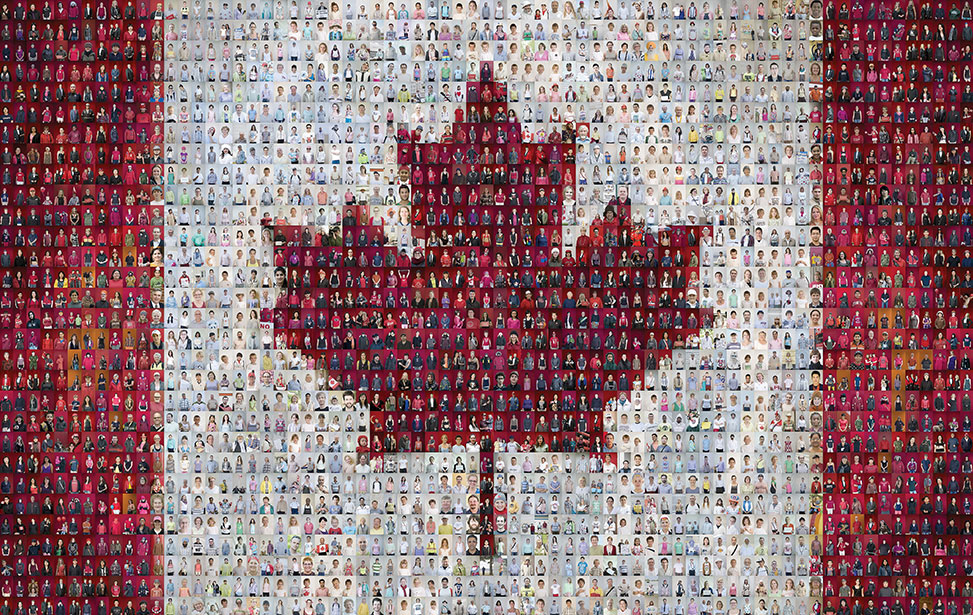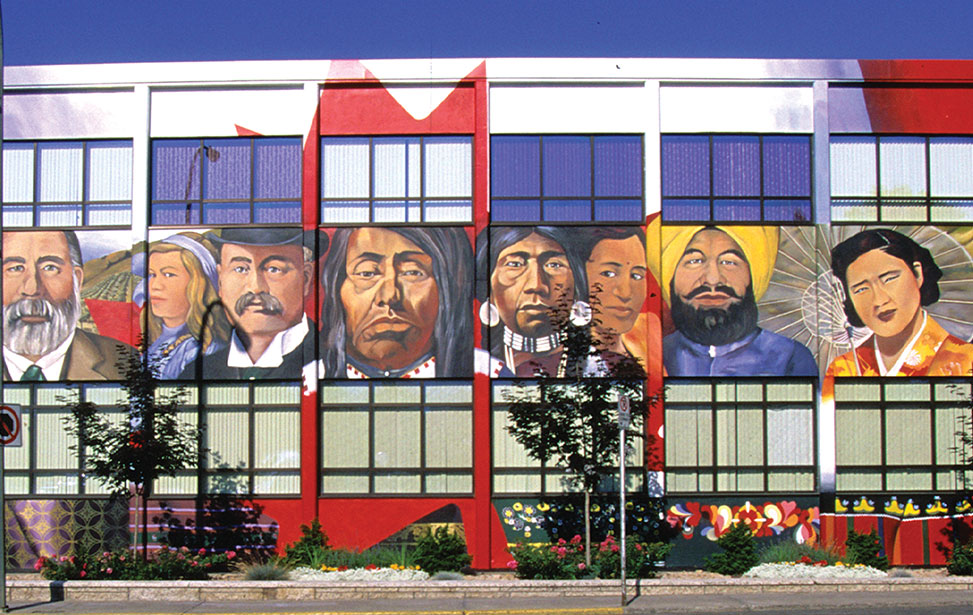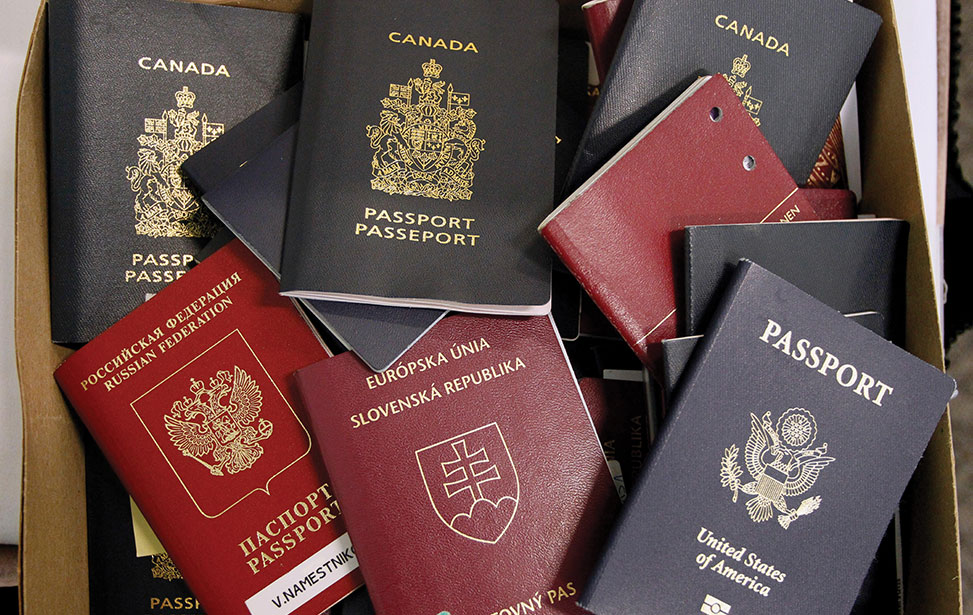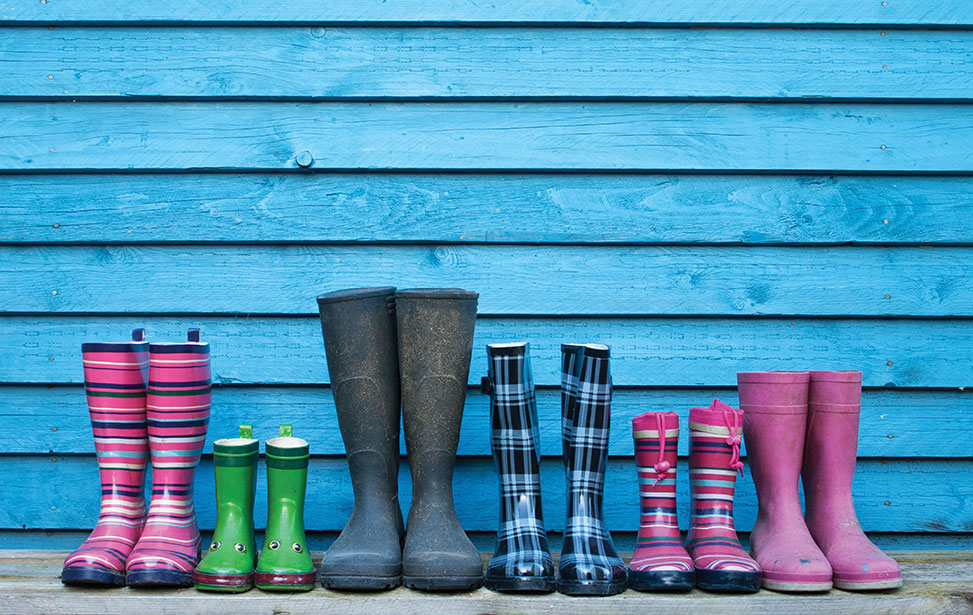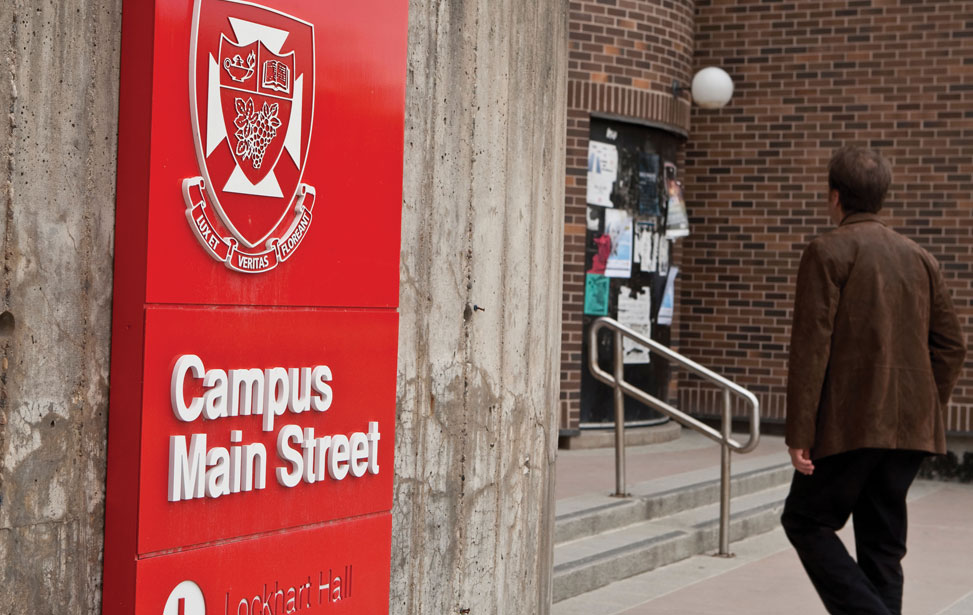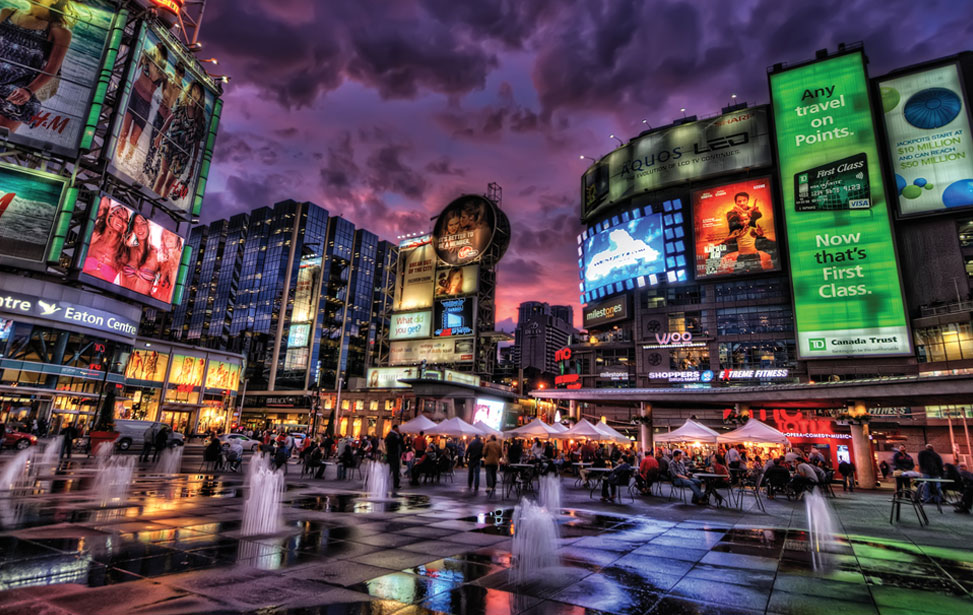Oxford's mobile study room is designed to provide a rich and engaging way to explore core sociological concepts. Start by exploring the visual summaries for each chapter. When you encounter content that is unfamiliar or is unclear you can choose to explore the underlying material through various types of activities and media.
Explore core concepts by chapter
Introduction to Sociology
This chapter will help you to:
- understand the historical origins of sociology, what it is, and how it is used today
- see how sociology is different from, and related to, other social sciences
- become acquainted with sociology's five key "theoretical paradigms," or approaches
- know the advantages of taking a "fusion" approach to sociological inquiry.
Sociological Research
This chapter will help you to:
- appreciate the importance—for responsible citizens as well as aspiring sociologists—of being able to interpret social research findings
- recognize the difference between a theory and a hypothesis
- understand the differences between qualitative and quantitative research
- become familiar with the different types of measurement in quantitative research
- know the different types of qualitative research
- appreciate the advantages of qualitative and quantitative methods, and see the value in using qualitative and quantitative methods together.
Population, Urban Life, and the Environment
This chapter will help you to:
- understand how demography—the study of population composition and population change—contributes to our understanding of social organization and cities
- learn how population, cities, and the environment are viewed from the perspective of the five classical theoretical frameworks
- consider the interrelationship between the natural and built environments we live in
- appreciate and assess concerns about overpopulation and the strain that population growth places on the environment
- see the role of cities in human history and global society.
Social Structures
This chapter will help you to:
- recognize the difference between role and status, and know how these contribute to identity
- understand labelling theory, the looking-glass self, and the dramaturgical approach as concepts used to understand identity
- state some of the features of teams, gangs, and bands
- describe the characteristics of cliques and the conditions in which they form
- understand the processes that occur within bureaucracies.
Socialization and Culture
This chapter will help you to:
- define socialization and identify some of the main agents of socialization
- describe different kinds of socialization processes, including primary and secondary socialization and resocialization
- understand how culture is passed from one generation to the next through socialization
- explain how socialization can be connected to gender, racial, and class prejudices
- discuss what Canadian culture is.
Deviance, Crime, and Punishment
This chapter will help you to:
- define socialization and identify some of the main agents of socialization
- describe different kinds of socialization processes, including primary and secondary socialization and resocialization
- understand how culture is passed from one generation to the next through socialization
- explain how socialization can be connected to gender, racial, and class prejudices
- discuss what Canadian culture is.
Gender Relations and Sexuality
This chapter will help you to:
- distinguish between sex and gender, and discuss how these concepts affect the lives of men and women
- recognize the different varieties of feminism and the ways each proposes to change society
- describe several ways in which gender socialization occurs, and in what settings
- consider why some sexual behaviours are seen as deviant and how popular views change over time
- gain perspective on the sexualization of our culture.
Racial and Ethnic Groups
This chapter will help you to:
- learn that racial and ethnic classifications are historically specific and socially constructed
- consider the influence of past and present immigration trends on Canadian society and social policies
- discover that the "social distance" between different ethnic and racial groups has shrunk over the last century, pointing to a brighter future in human interaction.
Classes and Workplaces
This chapter will help you to:
- understand, and see differences and similarities among, the various sociological theories of class relations
- see how work and social class are related
- observe how the organization of work has changed over time
- draw conclusions about the effects of globalization on the organization of work.
Regions, Nations, and Empires
This chapter will help you to:
- understand the features that characterize regions, nations, and empires
- see how nations are connected through relations of dominance and subordination
- explain the relationship between core, peripheral, and semi-peripheral states according to world-systems theory
- define globalization and neoliberalism, and discuss how these two ideas are connected
- identify some of the social and economic effects of globalization on both developed and developing countries
- describe the social implications of war and terrorism.
Families and Age Groups
This chapter will help you to:
- understand the differences between the nuclear and the extended family, and identify the ways in which family structures have changed and diversified
- describe some of the ways in which families solve their problems and respond to changes
- recognize the reasons that some families are more functional and cohesive than others
- explain why age groups and generations can be viewed as imagined communities
- learn how changing age relations are affecting both the family and society.
Schools and Formal Education
This chapter will help you to:
- learn about the role that schools play in creating an informed and effective citizenry
- understand the social functions of higher education
- identify the various inequalities perpetuated by educational institutions
- appreciate the relationship between formal education and the community of which it is a part.
Churches and Religion
This chapter will help you to:
- understand religion as a phenomenon that meets universal social needs
- recognize the role of religion in today’s secularized societies
- identify the trends of religious participation in Canada today
- evaluate the contributions of religion to social well-being
- understand the relationship between traditional institutional religion and new religious movements and civil religion.
Media and Mass Communication
This chapter will help you to:
- discuss various theoretical approaches to studying the media
- analyze the positive and negative effects of the mass media on society
- learn about the influence of media ownership on media content
- consider the inequalities in media access and their effects.
Politics and Social Movements
This chapter will help you to:
- define nation-states and analyze the different types of states
- come to understand the role of ideology and hegemony in social and political life
- identify the causes, functions, and consequences of social movements
- establish a connection between politics and social movements.



